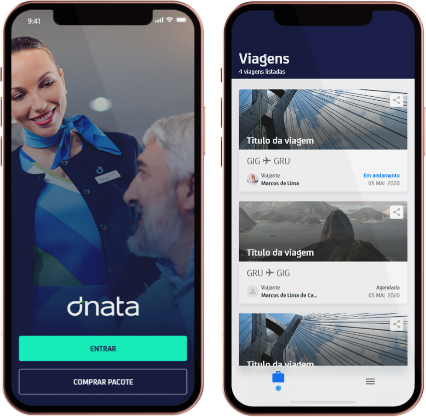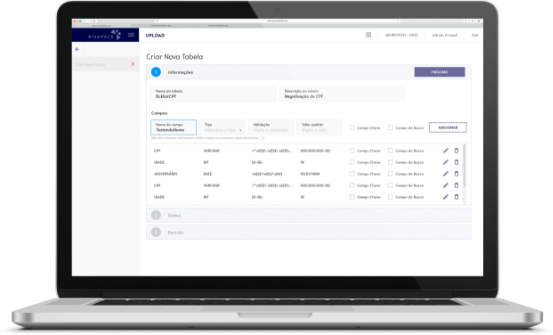Concepção
Mergulhamos no problema a ser resolvido junto com os clientes e usuários para entender as necessidades e dores. Através de um processo colaborativo, desenhamos um produto fácil de usar e que seja produtivo no dia a dia. Em muitos casos o cliente já consegue obter protótipos do produto ao final dessa etapa.




